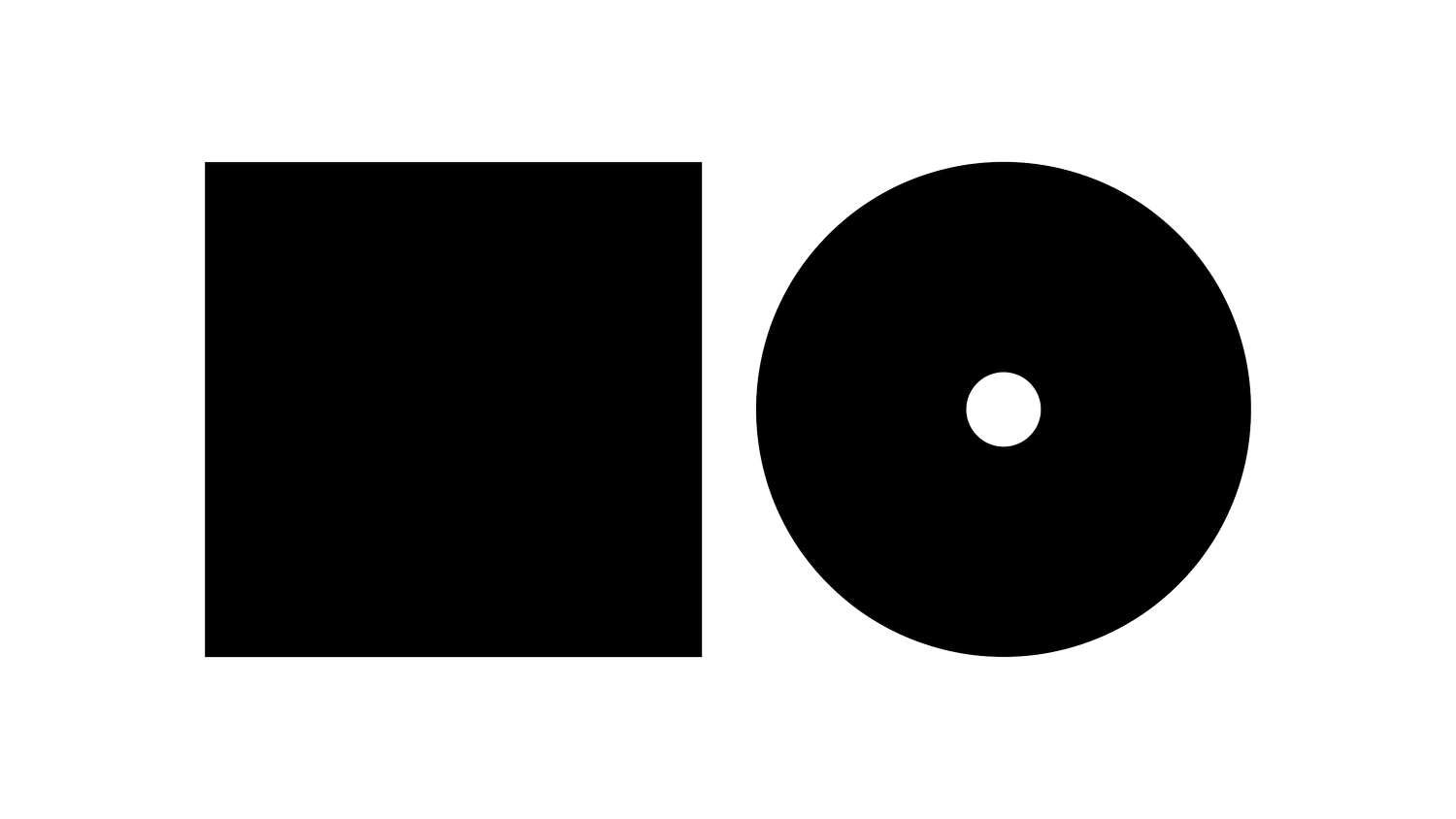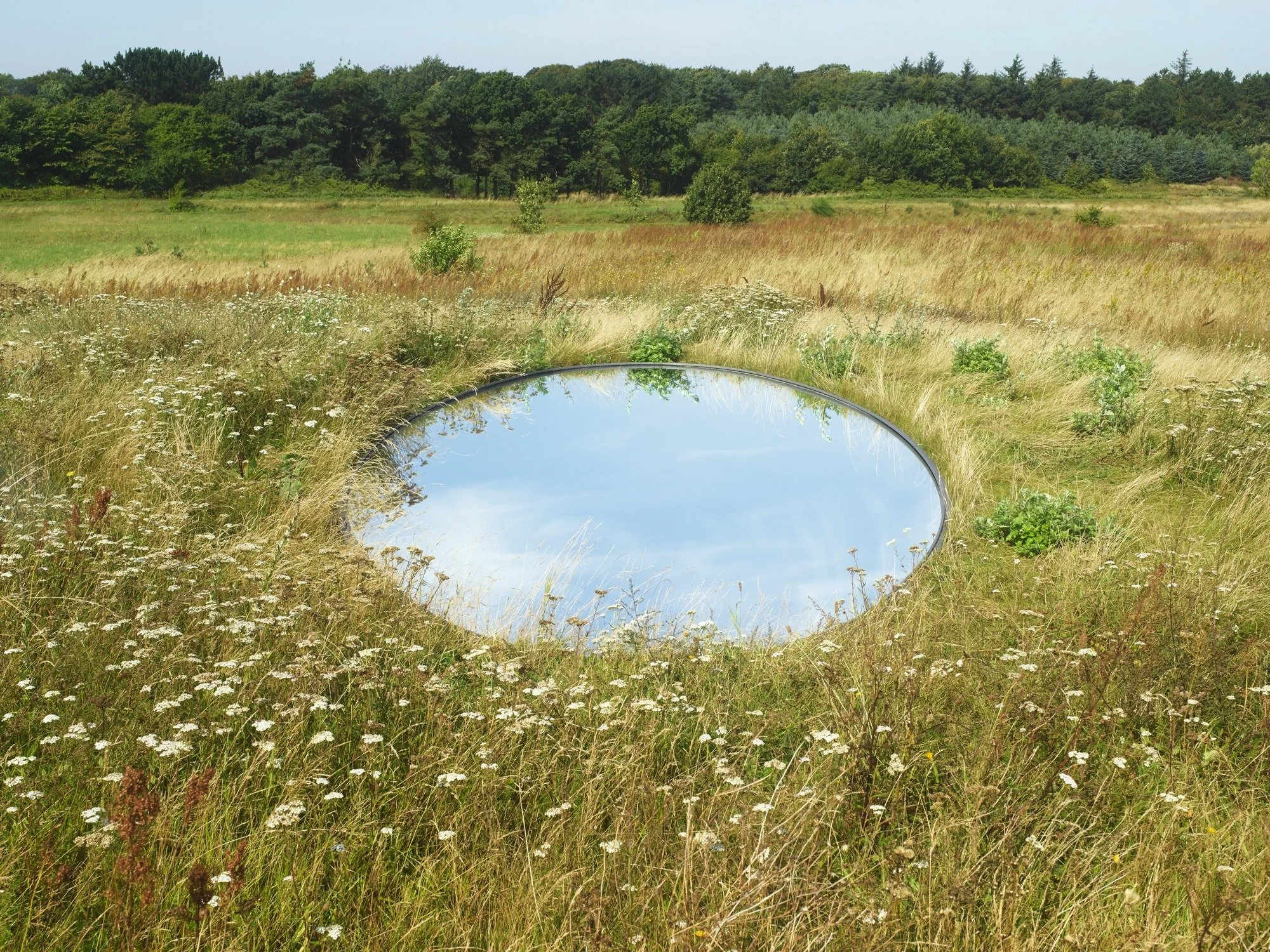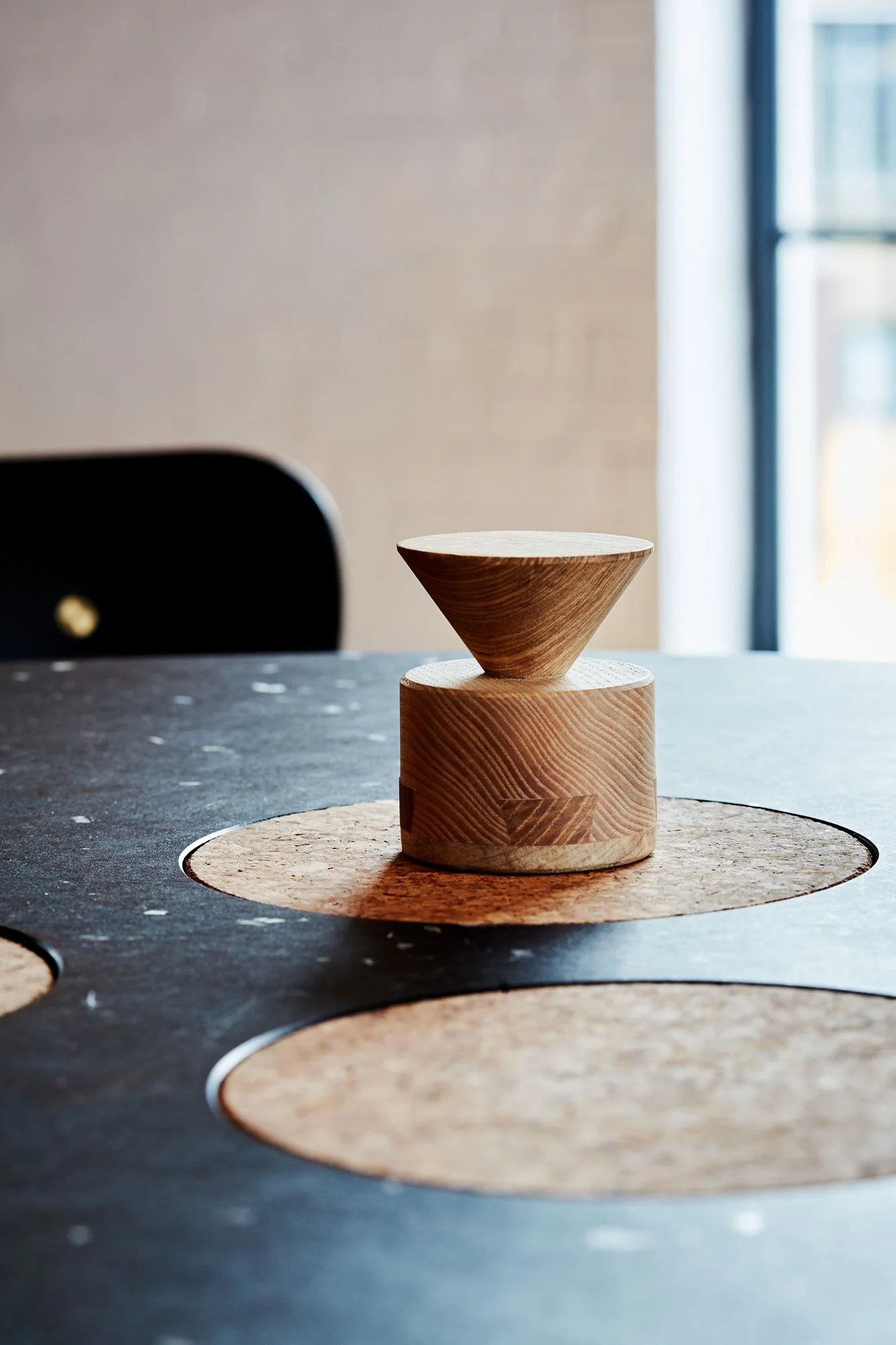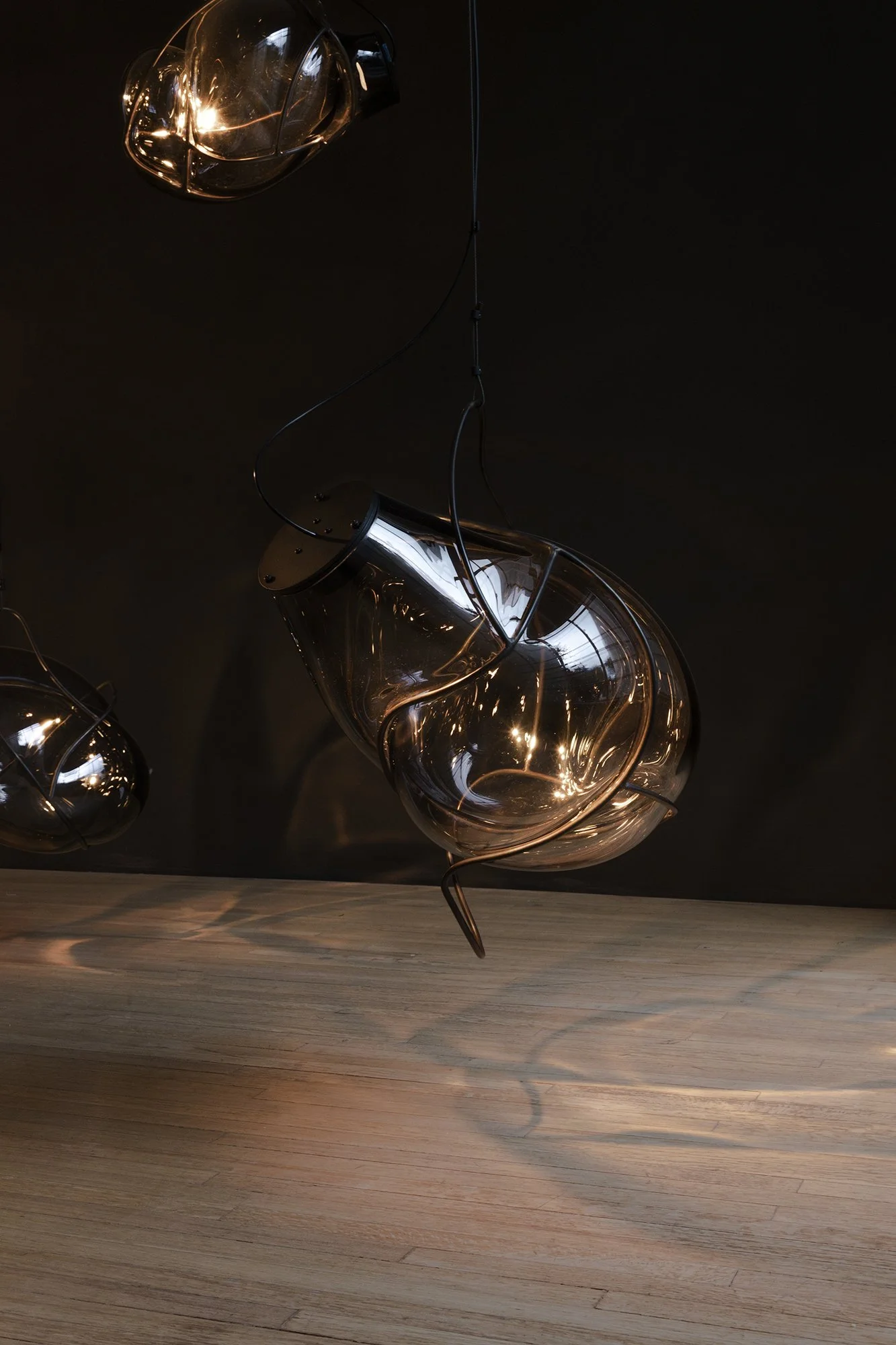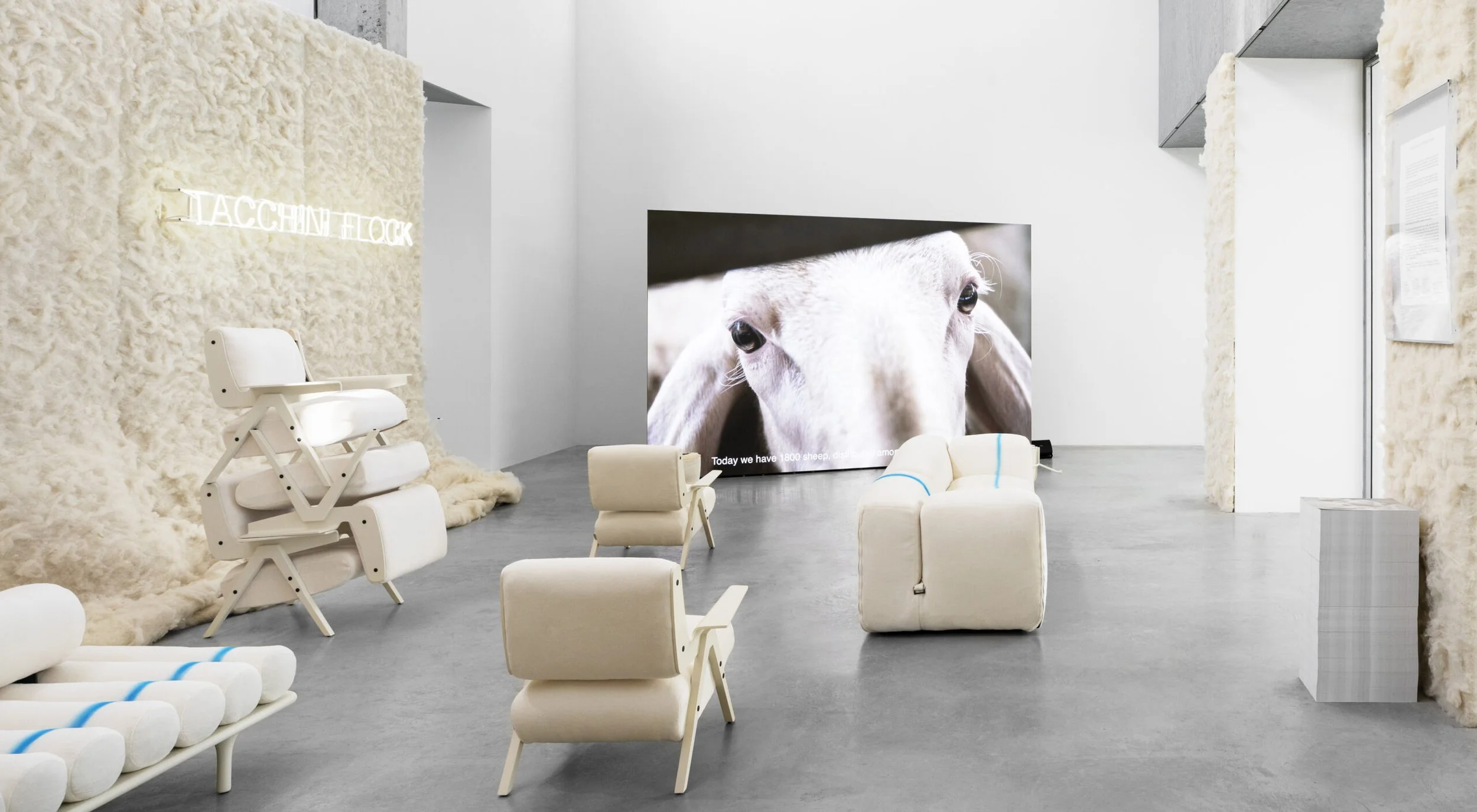P R O L E A R N
Life-Centred Design is a regenerative approach that uses systems thinking and circular design principles to restore ecosystems while creating thriving communities and organisations. It expands on human-centred design to include consideration for all life forms, ecosystems, and planetary boundaries.
Key Characteristics
Holistic Approach: Considers the needs of nature, communities, and the economy in design decisions.
Systems Thinking: Views design challenges within the context of interconnected ecosystems.
Regenerative Focus: Aims to restore and enhance natural systems rather than merely reducing harm.
Benefits
Environmental Impact: Life-Centred Design can potentially reduce a project's carbon footprint by up to 50% through regenerative practices.
Innovation: Considering all life forms can lead to novel solutions inspired by nature's 3.8 billion years of R&D.
Long-term Sustainability: Designs that benefit all life are more likely to be resilient and adaptable to future challenges.
Challenges and Considerations
Complexity: Balancing the needs of multiple stakeholders, including non-human life, can be challenging.
Measurement: Defining and measuring success in terms of ecosystem health and regeneration can be difficult.
Mindset Shift: Requires a fundamental change in how we view our relationship with nature and other life forms.
Innovative Applications
Biomimicry in Architecture: Creating buildings that function like living ecosystems, providing habitats for various species.
Regenerative Agriculture: Designing farming systems that enhance soil health and biodiversity while producing food.
Urban Planning: Developing cities that integrate green corridors and support wildlife alongside human inhabitants.
Future Outlook
As environmental concerns become more pressing, Life-Centred Design is likely to gain prominence. We can expect to see more integration of this approach in various fields, from product design to urban planning, leading to more symbiotic relationships between human activities and natural systems.
Call to Action:
Evaluate your current design practices and consider how you can incorporate Life-Centred Design principles. Start by expanding your stakeholder consideration to include local ecosystems and non-human life forms in your next project.
